The world around us is full of beautiful landscapes, but capturing them on camera in a way that properly conveys that beauty can be challenging. Unfortunately, it’s not as simple as seeing a photo-worthy landscape, pulling out your camera, and snapping a picture. So then, what steps do you need to follow? That’s what you’ll find out below!
In this landscape photography guide, we’ll share six landscape photography tips that will transform your photos from average to outstanding overnight. We’ll discuss topics such as knowing the best places to shoot beforehand, taking advantage of the best times of day for landscapes, experimenting with different angles, and more.
Regardless of your experience as a landscape photographer, there are always ways to improve. So, whether you’re a professional photographer who shoots with a digital camera or a beginner photographer who takes pictures with your phone, join us as we explore the best photography techniques for capturing beautiful landscapes!
Check out the video above by Michael Shainblum to discover the one tip that helped him take better landscape photos and be more creative.
Table of Contents
- Choose the Right Location for Beautiful Landscapes
- Understand Composition Principles for Beautiful Landscapes
- Maximize Natural Light for Landscape Photography
- Use Filters and Accessories for Beautiful Landscapes
- Experiment with Perspectives and Angles
Choose the Right Location for Beautiful Landscapes
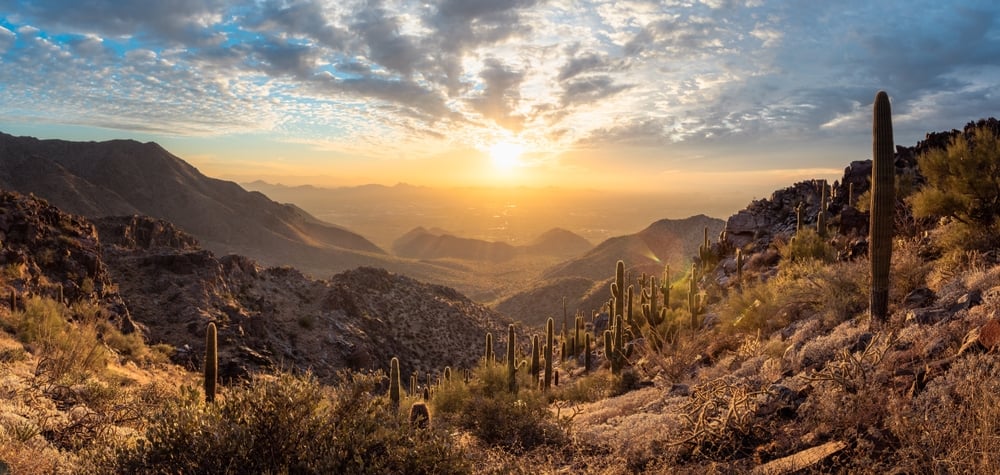
Photo by 86Eric_Anthony_Mischke 86 via Shutterstock
It used to be way harder to plan a landscape photo shoot, but thanks to today’s modern resources, you can now do almost everything from the comfort of your home. You can research locations on blogs, survey them on Google Earth, and view other photographer’s portfolios for inspiration. You can also check the weather online to choose the best day to go.
With that said, we also recommend getting off the beaten path and exploring lesser-known spots every once in a while. The landscape photography industry is full of images from the same locations, and you never know when you might stumble upon a hidden, beautiful landscape.
Understand Composition Principles for Beautiful Landscapes
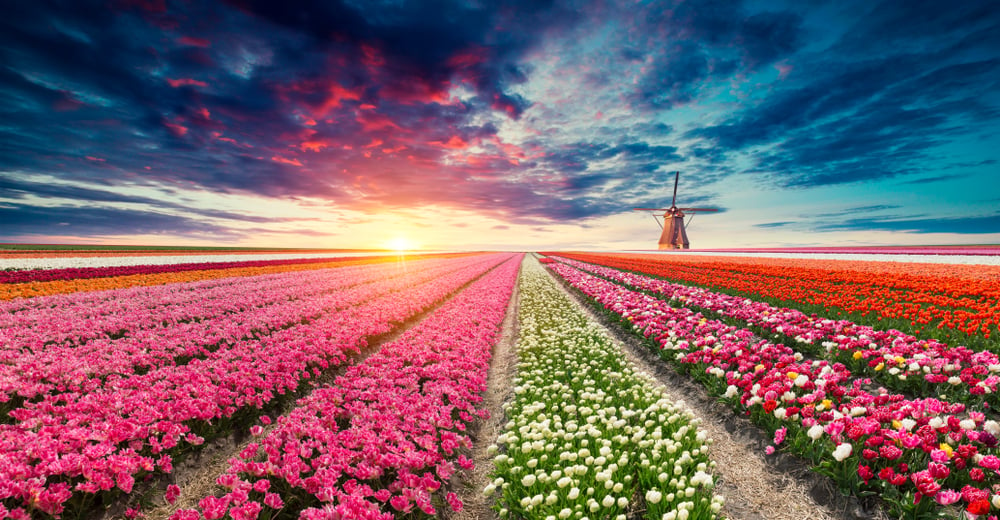
Photo by Kishivan via Shutterstock
Composition is one of the core principles of photography, and while it’s important across all types of photography, it’s even more so in landscape photography. That’s because (in most cases) your subject matter is the landscape itself, and there are no people or objects to grab the viewer’s attention.
Therefore, studying the basic rules of composition for photography and knowing how to use them to your advantage to capture beautiful landscapes is essential. The three main principles you want to master are the rule of thirds, creating depth with leading lines, and balancing elements within the frame for visual harmony.
Maximize Natural Light for Landscape Photography
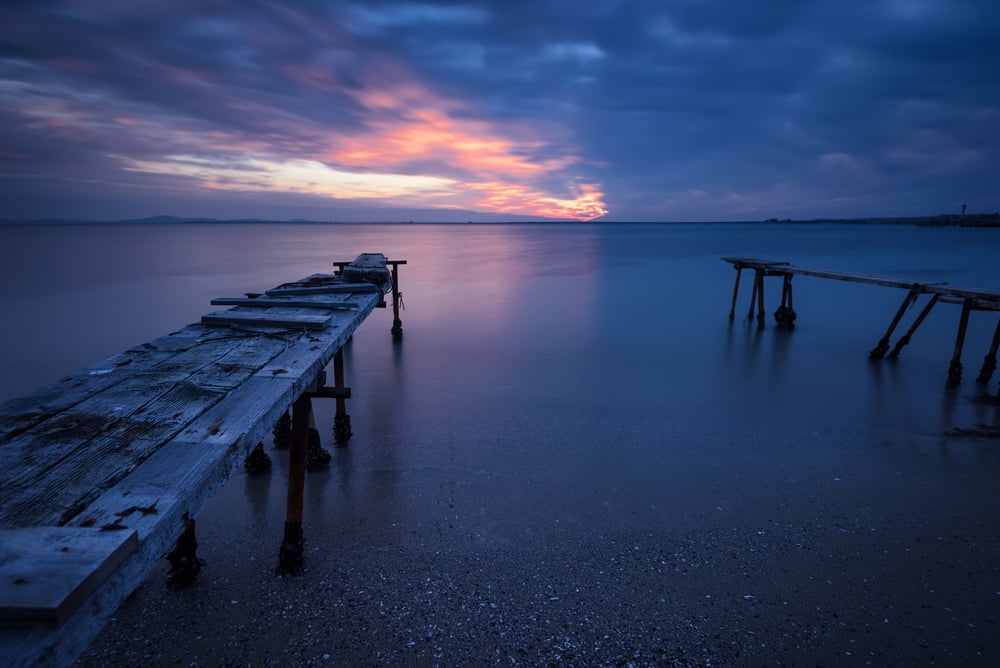
Photo by Flaviya via Shutterstock
Whenever taking pictures outdoors, you are at the mercy of weather and sun conditions. And while they constantly change, a little knowledge and planning beforehand can eliminate much of that unpredictability. For example, it’s best to shoot beautiful landscapes during either the “golden hour” or “blue hour” to maximize natural light.
Checking the sunrise and sunset times on your favorite weather app is the easiest way to calculate these times. Alternatively, two fantastic apps for tracking the sun and moon positions are PhotoPills and Sun Surveyor. Another lighting tip is to use shadows and highlights to add drama and depth to your landscape images.
Use Filters and Accessories for Beautiful Landscapes
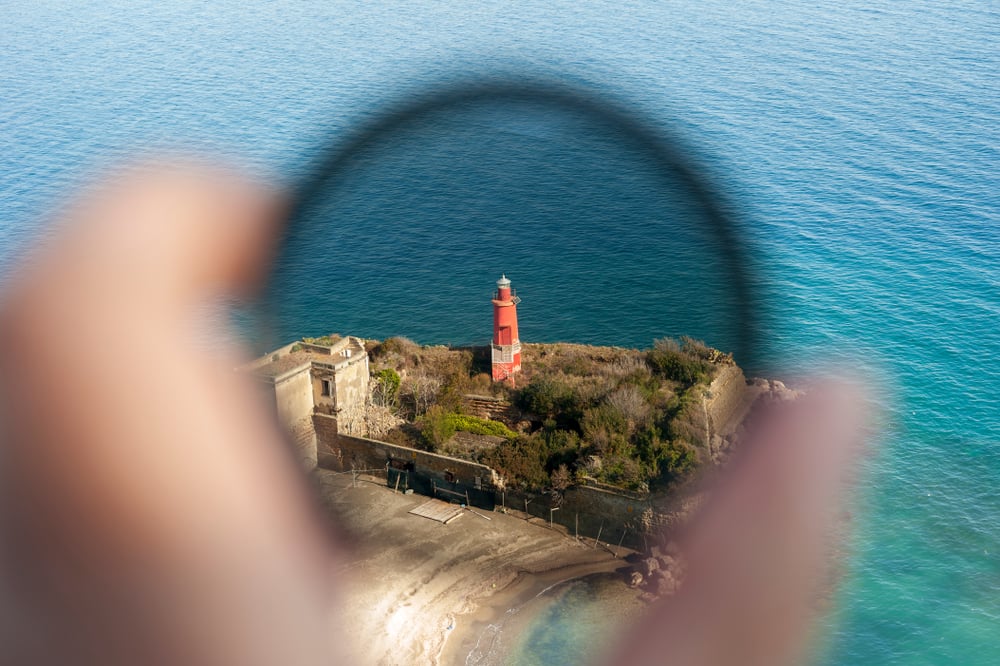
Photo by costagliola via Shutterstock
Lens filters are your best friend if you can’t shoot during golden hour or blue hour (or sometimes even if you can). There are two popular types of filters: polarizing filters and ND (Neutral Density) filters. Polarizing filters reduce glare and enhance the definition of skies. Have you ever worn polarized sunglasses? It’s the same!
On the other hand, ND filters adjust the amount of light that hits the camera sensor and are ideal for shooting in the middle of the day when the sun is most intense, for long exposures, and for creating motion blur. Other must-own landscape photography gear includes tripods, remote shutter releases, and a camera backpack to carry it all.
Try a Different Kind of Tripod
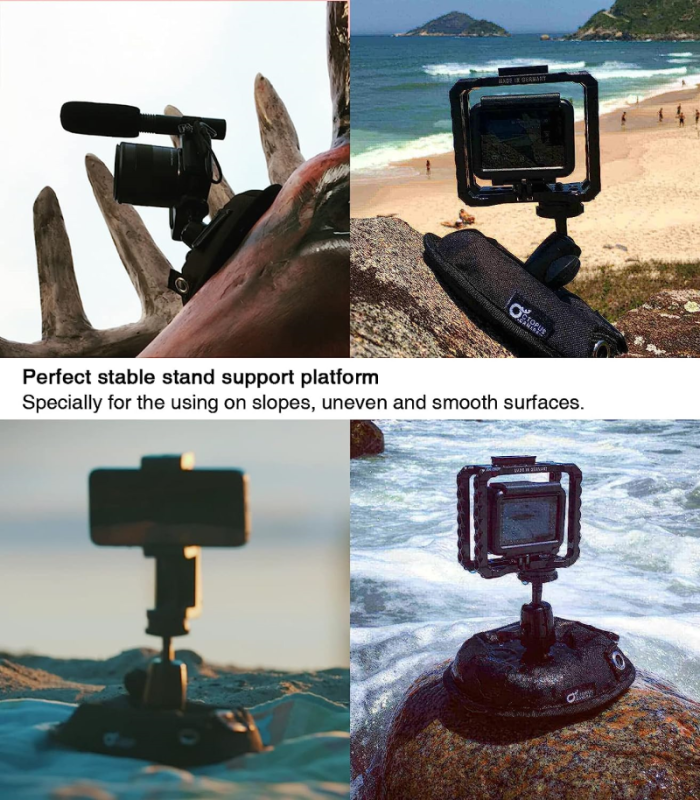
Of course, you can lighten your load of gear significantly by investing in a camera tripod alternative…
I’ve been using Octopad (shown above and below) for years and years, and it’s proven its weight in gold. This compact device has a standard 1/4-inch interface. This means you can use it with mirrorless cameras, DSLRs, action cameras, lights, and other photography and videography accessories. Personally, I most frequently use my Octopads with my GoPros to capture B-roll when I’m filming in the field.
But, Octopad is ideal for landscape photography applications, too. Think about it – having a stable base for your camera is necessary to get the sharpest photos. Octopad certainly delivers! Its weighted base has a grippy surface to keep it in place. This is true even on angled or slippery surfaces like wet rocks near a stream.
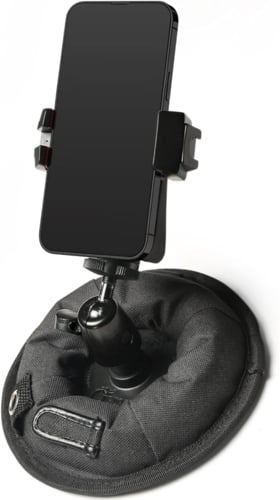
Additionally, the reinforced stitching and Oxford fabric construction means the base is completely sealed and offers long-lasting durability. When you’re in rain, snow, mud, and other elements taking landscape photos, you need gear that’s built to last – and Octpoad is!
And since Octopad is small enough to slide into your backpack, you get all these benefits without having to lug around a big, heavy tripod. When I’m camping and go for a hike to take photos, I always take my Octopad in lieu of a big tripod. It’s just so much simpler and easier!
Experiment with Perspectives and Angles
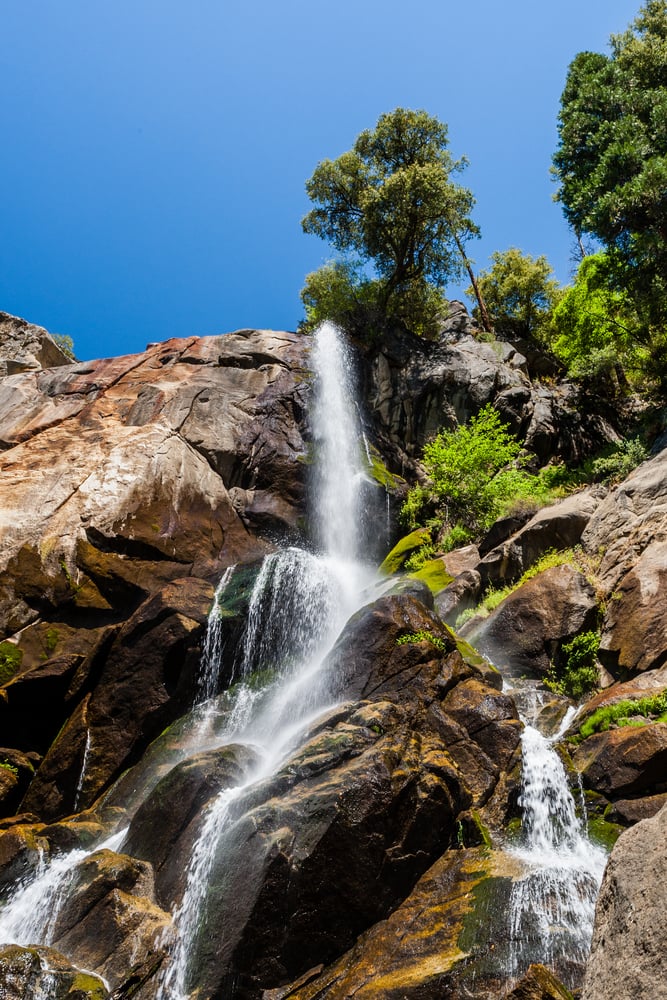
Photo by Bjoern Alberts via Shutterstock
Perspective and angle also play an important role in reproducing natural scenes in photos. The best ways to experiment with perspective are adding foreground interest into a scene and using different-length lenses. Foreground elements add depth and context, while lenses (wide-angle vs telephoto) transmit different perspectives and add diversity to your compositions.
At the same time, a landscape can look completely different depending on the angle it’s photographed from. Three common angles for landscape photography are eye-level, low-angle, and birds-eye-view. Tripods help with low-angle photography, and drones are amazing tools for aerial photography.
Our articles might have affiliate links and the occasional sponsored content, but don’t sweat it – if you buy something, we get a little kickback at no extra cost to you, and we only hype products we truly believe in.
Learn More:
Hero photo by Kris Wiktor via Shutterstock.


[…] Photography Tips: Techniques for Beautiful Landscapes […]